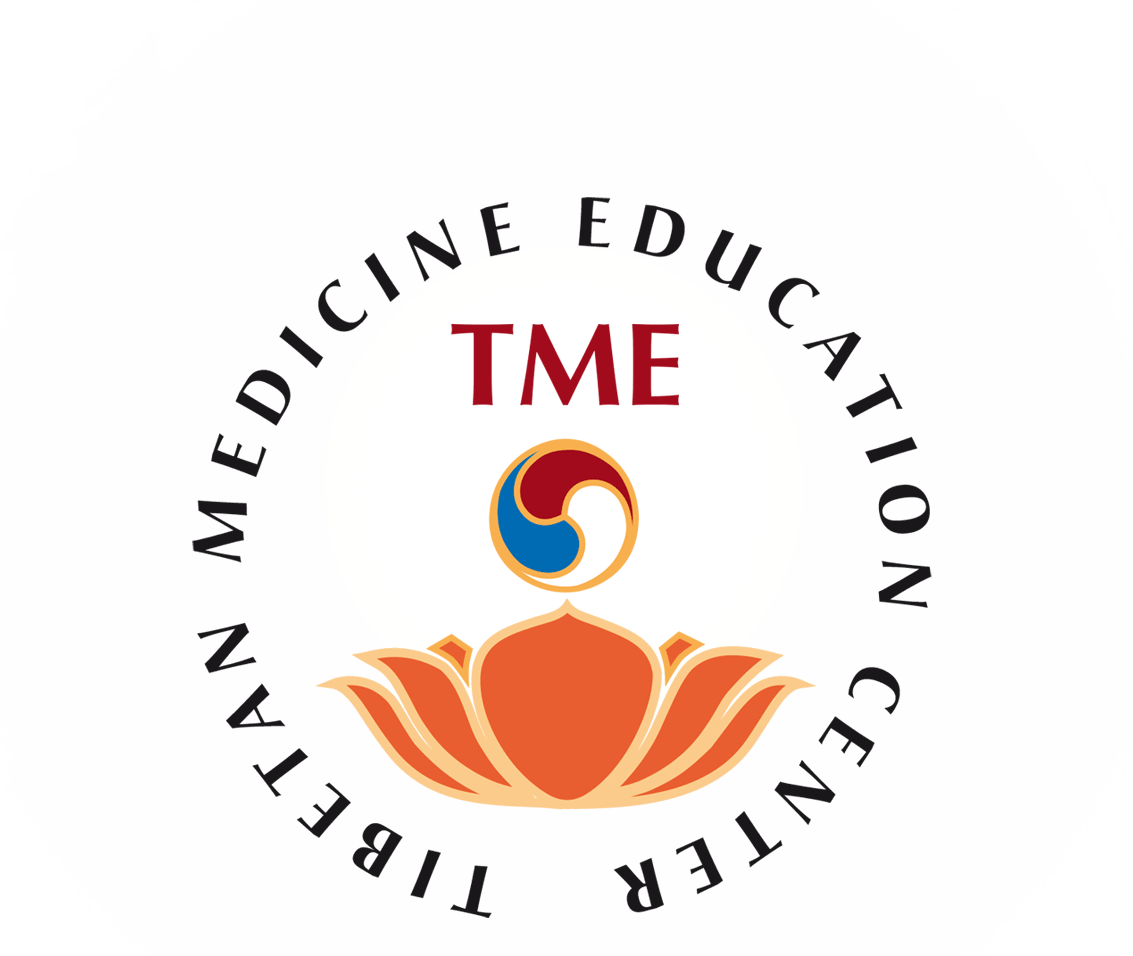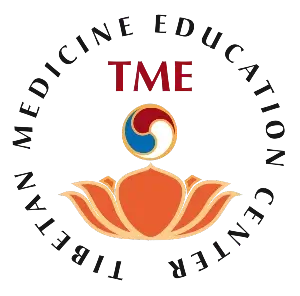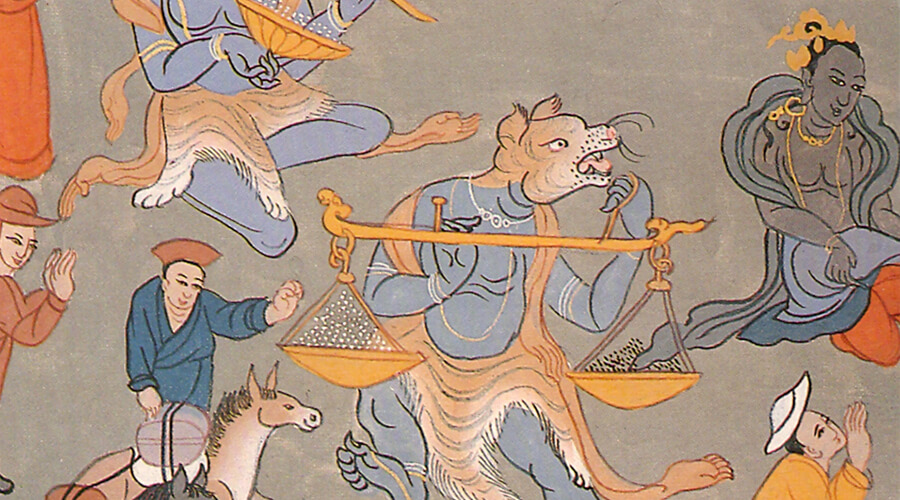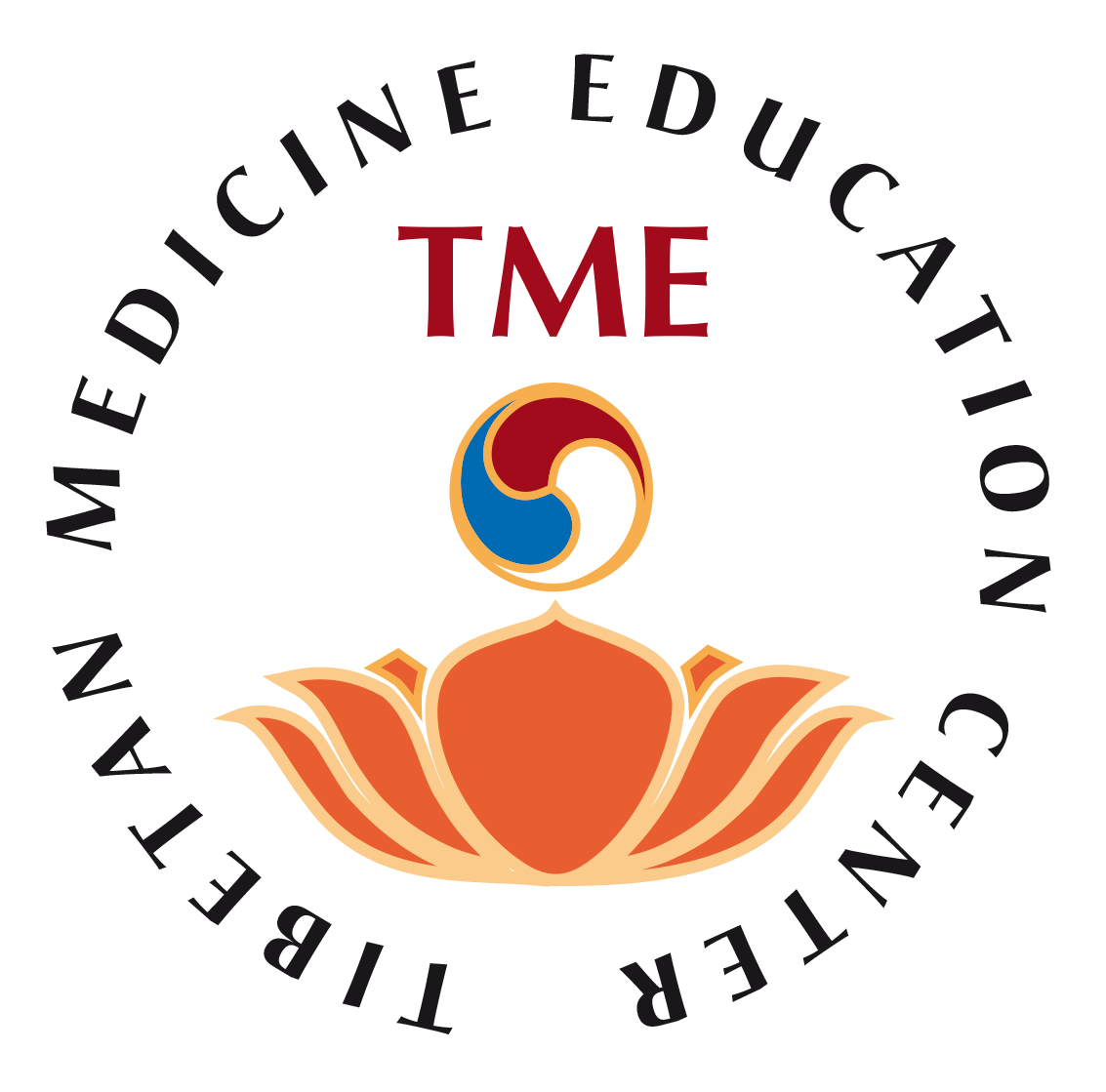Dream and Bardo
The importance of dreams in Tibetan Medicine

DREAMS. Such a small word, and yet so worthy of attention. Throughout the world, whether in the East, the West, or elsewhere, people have always wondered about dreams; what they are made of, and what they represent – visions, premonitions, superstitions, revelations, images of the past lives. What is their meaning, how do they work? Why do people actually dream? And if dreams are a mystery for some, or a fascination for others (or both!), academics in the western world focus on a scientific approach and interpretation of this hidden language.
In Tibet, however, dreams and their interpretation are not only strongly mixed with cultural beliefs, but they are also influenced by strong emotions, prayer, whishes, food, digestion, the environment, planets, spirits, and Buddhist philosophy of the mind and its phenomena. In other words, dreams are the meeting point of the outer and inner worlds and thus are highly respected in astrology, Buddhist spiritual practice, and medicine. The Tibetan dream analyzing culture in fact goes hand in hand with medical knowledge and spiritual practice.
In the Buddhist spiritual practice, dreams are viewed as an experience similar to the Bardo state of the mind after death. Because of this, practitioners may use dream as a path of spiritual transformation for the mind in a training called ‘dream yoga‘, to prepare the consciousness to recognize these illusory states for what they are, and so to develop useful capacities for the moment of death.
When we talk about Tibetan medicine, the practice of dream analyzing or dream reading is strongly related to the gross body physiology and lung function. Dreams are thus an important tool for the study of health and its signs and omens, and for the diagnosis of diseases, all them being described in the Gyud-shi; the four medical tantras.
When you dive into the study of the tantra, you learn that the body is looked at in a subtle way. Five body-mind components are considered and, without going too much into detail in this article, it still remains important to mention three of them: channels, subtle wind, and consciousness. During deep sleep, the kunshi mind wakes up and consciousness travels through the channels, driven by the wind. It sees different experiences and inner world of body-mind situations. This is actually when dreams start. Dreams are thus a secret language of the mind but also a messenger of channel blockage due to disorders.
Depending on the channel, dreams can appear differently; they are after all a symbolic language. And thus, whether the channels are clean, healthy, or blocked, they have an impact on the consciousness traveling. Indeed, consciousness is a big traveler; it ventures all over the body, it changes direction, controls the inner body-mind. When ill, patients are asked about their physical and mental disharmonies, as well as about their dreams. Thus, the relationship between dreams and disease can be seen correctly.
As mentioned above, the language of dreams can then be shown differently, through symbols, colors, forms, manifested as reflections of past experiences. Colors are important in case of disease; for example, the color red may show a bile disorder. Each disease produces a particular type of dream, before, during and after the disease. It is understandable then that dreams are very informative as they give precious clues on the disease. Furthermore, and without going into intricate explanations here, dreams analysis is divided into three major sections and six detailed divisions.
Dream reading and analyzing is truly an engaging world, so complex and subtle, and so important in Tibetan medicine. It asks for a very long training from the tantra, and from a master as it is very difficult to decipher the codes of the inner world language.
………………………………………..
For those of you interested, TME is very proud to launch a completely new online course titled Dream Interpretation in Tibetan Medicine. Through this course given by Dr Pasang Yonten Arya, you will dive into the wonders of dreams and their role in Tibetan medicine, by approaching and studying the various points mentioned in this article in more detail, as well as many other valuable elements. For more information, please go here







